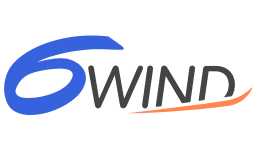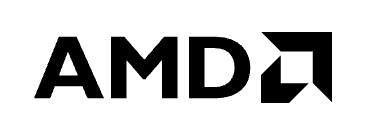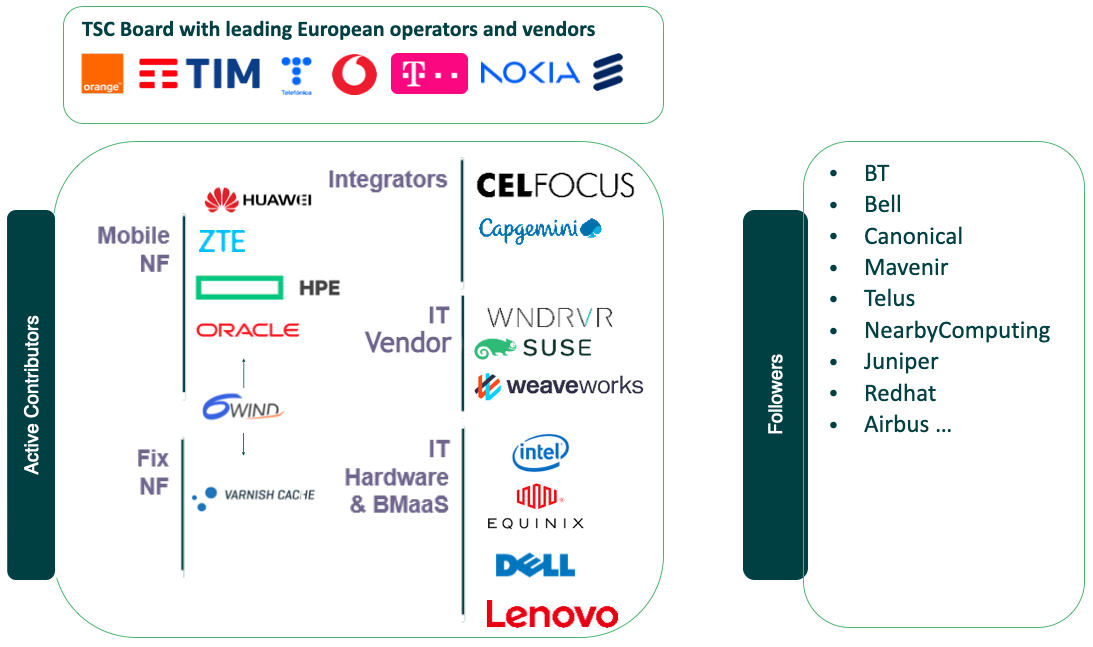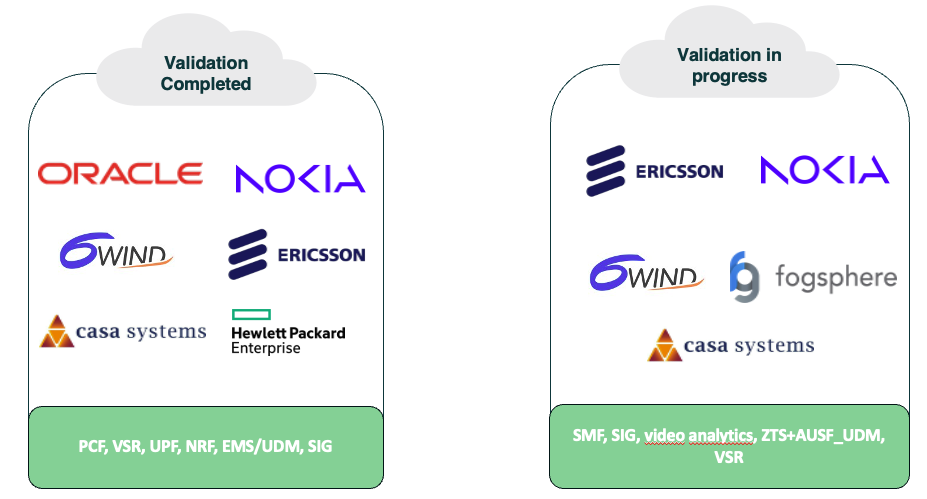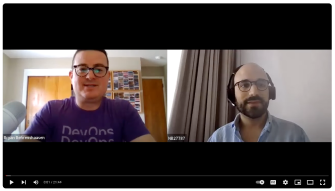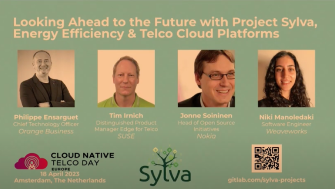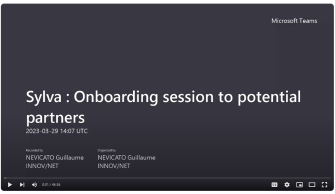The main carriers in Europe, together with network function providers, initiated the Sylva project to address Telco and Edge use cases.
Every cloud has a SYLVA lining.
A fundamental step to Telco Cloud &
Edge homogenization and sustainability
By sharing and collaborating we all win!
The project objectives are:
Opportunities we want to unblock

Fast progress project
Since its launch in November 2022, the Sylva project has achieved significant milestones
First Public Version
We are proud to announce the release of the first public version of the stack, known as v0.1, in April 2023. This initial release marks a crucial step towards our vision of delivering a robust and scalable cloud software framework. The v0.2 version was released in July 2023, and the v1 is expected in early 2024.
Validation Center
This center serves as a vital hub for testing and validating innovative solutions, with CNFs from 3 different vendors currently in the validation backlog. Telefonica has setup the first operational instance. Orange deployed in July 2023 the first bare metal instance.
Collaborative Community (and increasing…)
witnessed enthusiastic contributions from 15 active companies, in addition to the 7 founding members. This collaborative effort propels us forward and ensures a diverse range of perspectives in shaping the project’s trajectory.
Sylva adoption benefits

Working Groups and Architecture
Summary of workgroups under Sylva TSC



Technical Steering Committee with Orange, DT, TIM, TEF, Vodafone, Nokia & Ericsson at the board
Sylva Co-Chairman : Giuseppe Ferraris (TIM) & Guillaume Nevicato (Orange)
Sylva architecture
To address such use case as 5GCore Distributed UPF, CDN or Open RAN, Sylva will provide an architecture able to manage from Central to far edge site



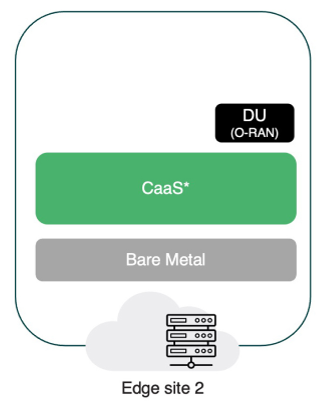
*This is an example of how SYLVA could be deployed in a multi cluster environment
Frequently Asked Questions
What is Sylva?
Aware of the need for a Telco friendly platform, the main carriers in Europe, together with network function providers, joined under an MoU, to initiate the Sylva project addressing Telco and Edge use cases.
The Sylva project has two main objectives:
- Release a cloud software framework, which shall:
- Identify and prioritise telco and edge requirements
- Develop solutions to the specific technical challenges identified on the infrastructure layer of the telco ecosystem
- Integrate these solutions with existing open source components
- These solutions and the integrated cloud software framework are not “production ready” software, but aims to be “production grade” in order to be used by third parties such as operators, network function vendors, and cloud providers to create commercial products
- Develop a Reference Implementation of this cloud software framework and create an Integration and Validation program to:
- Develop a Reference Implementation of this cloud software framework and create an Integration and Validation program to: o Validate the commercial network functions against this cloud software framework
- Validate implementations based on the released framework and its components
- Accelerate commercial adoption of network functions and their compliance with this cloud software framework
The main characteristics of this Open-Source project are the following ones:
- The roadmap is driven by European Telecom ecosystem needs
- The project is open to any participant
- The project leverages on existing cloud native community driven open source projects, reference implementations and conformance test frameworks
The Open Source releases resulting from this project will incorporate the capabilities that are required for a CaaS to address specific use cases identified by European Telcos (such as 5G, O-RAN and Edge) and will be the basis for a common infrastructure among European operators allowing the federation and integration of edge applications. Having a common framework for Operators, NF vendors will be able demonstrate, at once, that their functionality can work on such general-purpose infrastructure with the assurance that it can be deployed on any compliant platform (saving time and costs to both vendors and operators). Additionally, a common reference framework will foster digital innovation across Europe for the digital ecosystem.
What Sylva is not?
Sylva is not a product and is not “production-ready”. The cloud framework developed within Sylva can be “productized” by any company (operator, network / cloud vendors, etc.), to create a production-ready cloud platform.
Sylva is not limited to European contributors. The roadmap should be focused on the European telco ecosystem needs, but any player can contribute to the development of the technology, and any player can benefit from this technology by using it for its own purpose.
Sylva is not a duplication of Anuket. Sylva is a production-grade cloud framework implementation compliant with the reference architecture (RA2) and the conformance test suites (RC2) from Anuket.
How does it fit with other projects and initiatives?
There are already other initiatives covering cloud native technology stacks such as Kubernetes and the Anuket Reference Architecture for Kubernetes (RA2) and other initiatives covering the specifying, integrating and verifying Telco-specific stacks and the validation of Telco applications such as with the Anuket Assured and CNF Certification Programs. The Sylva project is not intended to replace those, but to leverage them and cover those requirements that are specific for the Use Cases that European Telcos are working on, and other initiatives that are still not addressed. If needed, the Sylva project will contribute to those initiatives some specific extensions that could otherwise become duplications.
What are the main requirements of the stack?
The following is a list (not exhaustive) of some of these extended capabilities required by Sylva use cases:
- Enhanced performance support (e.g.: EPA capabilities, DPDK
- Specific synchronization cards support for O-RAN (PTP)
- Cloud Native support for L1 RAN acceleration network interface cards
- GPU hardware support
- Bare Metal automation provisioning
- Multi-Clustering support
- Service mesh support
- Enhanced security (e.g.: Internal ciphering and multi-tenancy)
- Lightweight (all in 1 server)
- Energy efficiency
More details on the technical requirements and on the technical principles of Sylva can be found here in the “Sylva Technical Principles” architecture document.
To whom would this project be of interest?
The founding members are Nokia, Ericsson, Telefonica, Vodafone, Deutsche Telekom, Orange, and Telecom Italia.
The Sylva project is open to any participant. Joining this program will allow:
- Hardware vendors to prove they enable the capabilities and to provide resources for the validation program
- CNF vendors to demonstrate their solutions can run on top of any implementation of the Open Source released framework
- Stack Editors / Stack Integrators to have a reference for the capabilities required by European Telco use cases and, when adopting the outcome of the project in their solutions, to demonstrate they meet the requirements identified
- Operators to have a reference for a Cloud platform addressing specific use cases and having insights on the providers that have demonstrated they can work on top of this platform, saving efforts in market scanning and certification.
Why choose Linux Foundation Europe?
The founding companies are all strong European actors in the Telco ecosystem, and they wanted to join the Linux Foundation Europe to be under European laws and to manifest their will to develop the open-source ecosystem in this continent.
When is the first release expected?
The first commits are expected in 2023. A first version (V1) of the cloud framework is expected to be released mid-2023.
Additional Resources
Everyone is welcome to join the Sylva Fund, join the TSC meetings, and become a contributor by participating in the workgroups.
Videos
Contact Us
Interested in learning more about the Sylva Fund? Fill out the form below, and we’ll get in touch.

